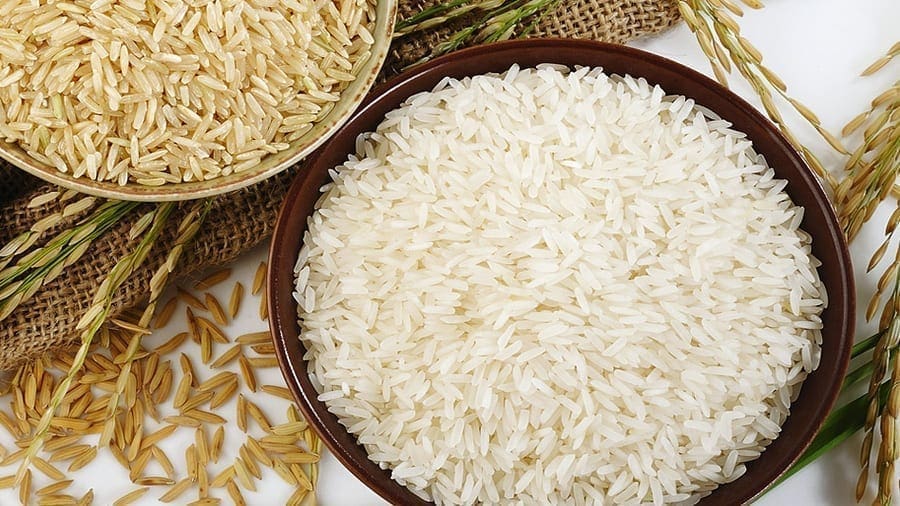NIGERIA – Nigeria’s rice imports are set to hit 3.4 million metric tons high next year, a 13% increase that will see the country become the world’s second largest rice importer behind China, according to U.S. Department of Agriculture (USDA) report.
Contrary to the federal government’s ambitious goal to put an end to rice importation, the USDA report undermines the country’s agenda to produce enough of the staple grain not only for domestic consumption but also in surplus.
“China and Nigeria are projected to remain the largest rice importing countries in 2019, followed by the EU, Cote d’Ivoire, and Iran,” the USDA said.
“Nigeria and Egypt are projected to account for the bulk of the 2019 import increase.”
The government says Nigeria is on the way to achieve self-sufficiency in rice production and according to reports, production of rice has experienced 50% increase since 2012 to 3.7 million tons last year.
Domestic demand, however, rose 4% to 6.7 million tons in the 2017-18 year that ended in May.
Nigeria is said to be taking positive steps to promote domestic production while formulating restrictions on imported products to save the country the burdensome foreign bills.
The government under the administration of President Buhari has rolled out several initiatives to boost agricultural output, increase the capacity of smallholder farmers and processors, as some of the ways to diversify the economy, away from crude oil.
Such efforts including low lending rates to farmers has seen most people abandoning traditional crop growing to turn to rice growing.
Statistics from the Ministry of Agriculture showed that as at September, Thailand had exported about 5,161 metric tonnes of rice to Nigeria, while India sold only 426 MT as at July.
The USDA report which indicated that Nigeria imported 400,000 metric tonnes more than the quantity of rice imported in 2017 has since been faulted by the government which refer to it as a conspiracy to undermine the country’s rice sector.
Nigeria is looking to exit rice importation by 2020 even as state governments embark on mass production to boost food security.
Government statistics show local production in the year 2017 stood at 2.7 million metric tons while the consumption rate has risen to seven million metric tons due to a rising demand.
However, Nigeria’s rice output has in the past recorded a decline as a result of higher input costs, insecurity and widespread flooding in the main growing regions.
Based on USDA report, current global rice production exceeds consumption by 2.3 million tons with 2018-19 global ending stocks projected to reach 163 million tons, 17.8 million tons more than previously forecast.










